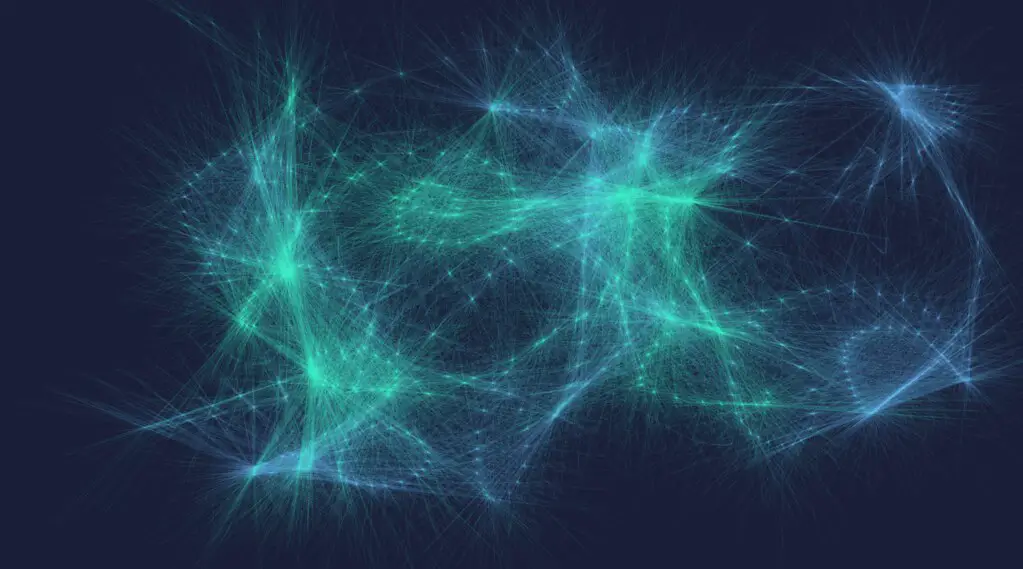The cosmic web is the building block of the cosmos which composed of massive filaments of galaxies separated by giant voids stretched out across the universe. Among cosmologists, J. Richard Gott was the first to propose that the structure of our universe is like a sponge made up of clusters of galaxies intricately connected by filaments of galaxies which is a magnificent structure now called the “cosmic web” and mapped extensively by teams of astronomers.
Most of us are familiar with the term web in its most common use, as in World Wide Web. That web consists of billions of linked documents, photos, videos, and other resources that can be accessed through thousands of browsers and mobile apps across the globe. But what exactly is this World Wide Web? How was it developed? What does it mean to our culture? Where did it come from? And how does it relate to the Cosmic Web?
The cosmic web refers to filaments of hot gas, dark matter, and dark energy that stretch across vast distances in space. Astronomers have long believed these cosmic strands exist but only recently have they begun to see them in 3D. It’s like walking through an unfamiliar city—the street map allows you to navigate easily, but what if you could look down? Suddenly you see buildings and can navigate by sight.
Although the filaments of gas have long been predicted by cosmological models, we have so far had no real images of such objects. Now, for the first time, Scientists have observed filaments of the cosmic web, revealing a multitude of unsuspected dwarf galaxies hidden in the depths of the Universe and studied a region in the sky called the Hubble Ultra-Deep Field for over 8 months where deepest images of the cosmos had ever been obtained. This process was done by using a 3D spectrograph known as the MUSE instrument short for “Multi Unit Spectroscopic Explorer” which installed on the European Southern Observatory’s Very Large Telescope in Chile.
13.8 billion years ago, A big bang produced a Universe filled with invisible dark matter with a featureless gas of hydrogen and helium, and little else. Over the next few billion years, the gas clumped together under the attraction of gravity, resulting in filaments of matter with vast empty voids between them. Even though the filaments themselves contain just ten particles per cubic meter which is less than the best vacuum we can create on Earth but it probably contains more than half the matter in the Universe. Nearly all galaxies that we have known including Milky Way are through to be formed in these filaments or the cosmic web.
Much of the cosmic web is completely invisible to us due to the vast majority of matter in our universe is dark. Dark matter accounts for around 85% of the mass of the universe and it does not interact with light or with any of the “normal” matter that we see as stars and gas clouds and other interesting things. Fortunately, where the dark matter pools, it also drags along some regular matter to join in.
Scientists are trying to map the shape of the largest thing in the universe which is prove to be challenging. So, to make finding the filaments easier, scientists at University of California, Santa Cruz, decided to think outside the box and test how slime mold behave. Using computer models inspired by the algorithm growth patterns of slime mold, Physarum polycephalum, a single-cell organism, they arranged the “food” in three dimensions on where we know the galaxies are. To check the results, the researchers went back and compared their mold map with data from Hubble which they saw a gas signature wherever their model predicted there would be dark matter. Therefore, the new slime mold-based algorithm allows astronomers to visualize the cosmic web on a larger scale.
![]()
